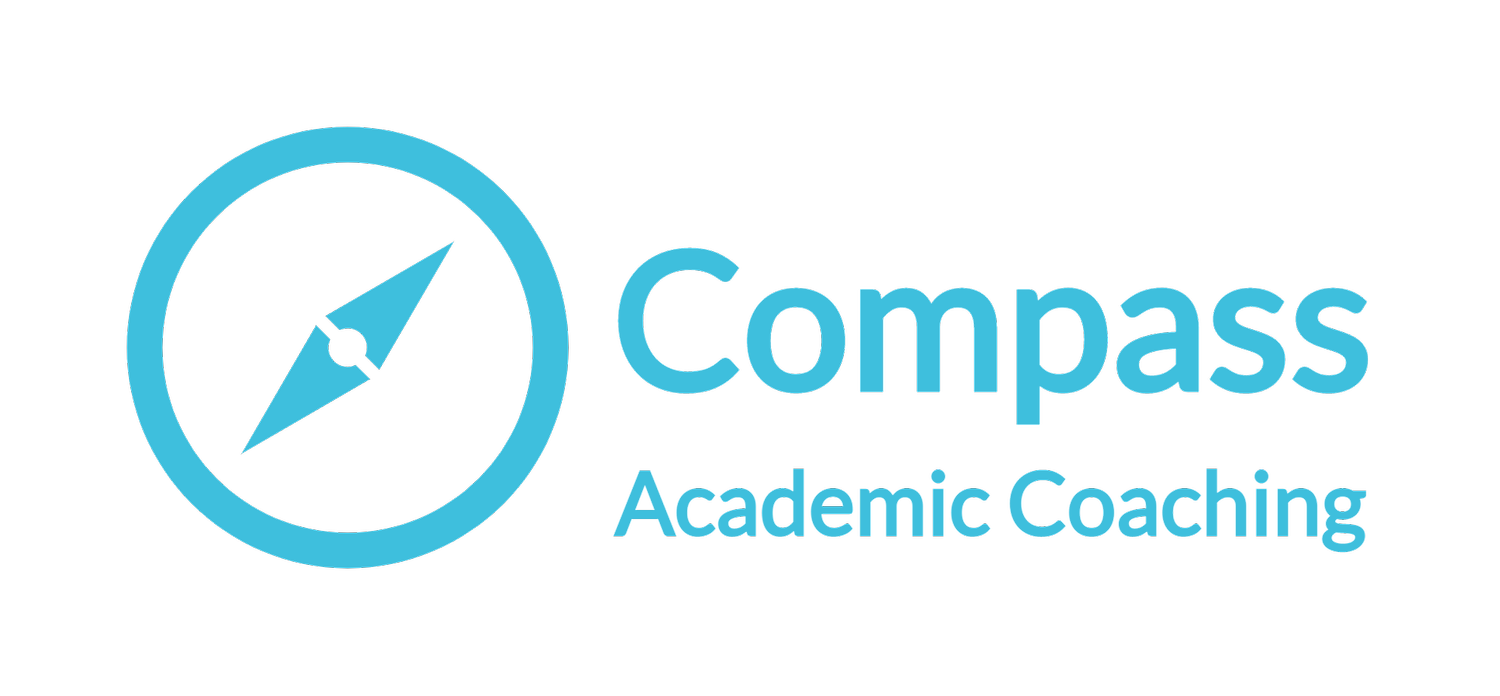Getting back to your research after time away
Summer is finally here! You can finally get back to that research project that has been on hold during the semester or the entire academic year!
And you are filled with dread because…where to even start?
These four simple steps are a great place to start. You can do them all in order, or you can look at them as a menu of options. Do the steps that appeal to you most (but if you are resisting a step, ask yourself why).
Connect with your motivation
Create your space
Read what you’ve already got
Make a plan
Step 1 Connect with your motivation
What’s your “why” for this project? Keep in mind that there is no single, correct motivation for a research project. Your motivation may be different now than when you started, and that’s okay. If you aren’t sure why you’re doing this, try this T-chart activity:
On a piece of paper, draw a big T that fills the page (horizontal line across the top, vertical line down the middle).
On top of the horizontal line, on the left side of the T, write: What do I get out of this when it is complete?
On top of the horizontal line, on the right side of the T, write: What do I get out of this TODAY?
Quickly brainstorm as many ideas as you can for each column.
When it comes to academic work—and any creative work, really—it is normal to experience resistance as well as engagement. This exercise helps you see both the long- and short-term payoffs that make this project worth working through the resistance.
Step 2 Create your space
You need a decent place to work. It doesn’t have to be perfect, but you don’t want to avoid your work because you are avoiding your space. For setting up an academic work space, we need to look at both physical and digital space.
First, get all your stuff for this project together. It’s probably in the form of a lot of digital files, but you may have books, printouts, and even handwritten notes to gather. Figure out where to store all of this stuff so it is easy to find in the moment of writing. Remove any friction to accessing your stuff. For example, instead of saving the Word document for the manuscript in a folder, save it right on the desktop. One click to open instead of two clicks. For supporting materials, organize in way that makes sense to you and that makes it easy to access your materials. Bonus: organizing all of this stuff is an analytical activity that eases you back into your work!
Next, survey your work area. Sit at your desk and look around and just notice what you notice. What do you like about this space? What bugs you? Is it too hot or too cold? Too noisy or too quiet? To tweak the environment for better productivity, subtract the things you do not need, especially distractions, and add a few things that make the environment more appealing to you. Get a piece of paper for the following T-chart activity:
On a piece of paper, draw a big T that fills the page (horizontal line across the top, vertical line down the middle).
On top of the horizontal line, on the left side of the T, write: Things to add
On top of the horizontal line, on the right side of the T, write: Things to subtract
Quickly brainstorm as many ideas as you can for each column.
Remember, your work space doesn’t have to be perfect. Don’t use sub-optimal space as an excuse to avoid your work. Get your space into reasonable shape to support rather than thwart your progress.
Step 3 Read what you’ve already got
If you did step 2, when you organized, you found all the stuff you’ve already written (drafts, notes, mind maps, charts) related to this project. Simply reading it all is a great way to get back into it.
Writers usually notice benefits to coming back to a draft after time away from it: you see the project in a new way, and you may have ideas now for how to solve puzzles you were stuck on before. You might notice stuff you’ve written that is just getting in the way and can be chucked. Come to this reading with an open mind.
If you need help to make an honest assessment of the project and what it needs, seek out a good reader to give you some friendly feedback.
Step 4 Make a plan
You may or may not have an external deadline for your project. Regardless, you have a point in the future when you want to be done with this project. Working from the final deadline, make a backward plan. Assign roughly equal chunks of time between now and the deadline to roughly equal chunks of work. Break big tasks into smaller tasks.
Put your work sessions on your calendar and make them sacred. Don’t let other people schedule with you during your research time. The number of hours is up to you. The only way to determine if you’ve scheduled enough time is to keep a work log and assess your progress each week. Did you actually work on your research all the hours you scheduled for it? Did you meet the weekly goals on your backward plan? Then you’ve hit the golden number of hours. If not, don’t stress. Just adjust for the next week.

